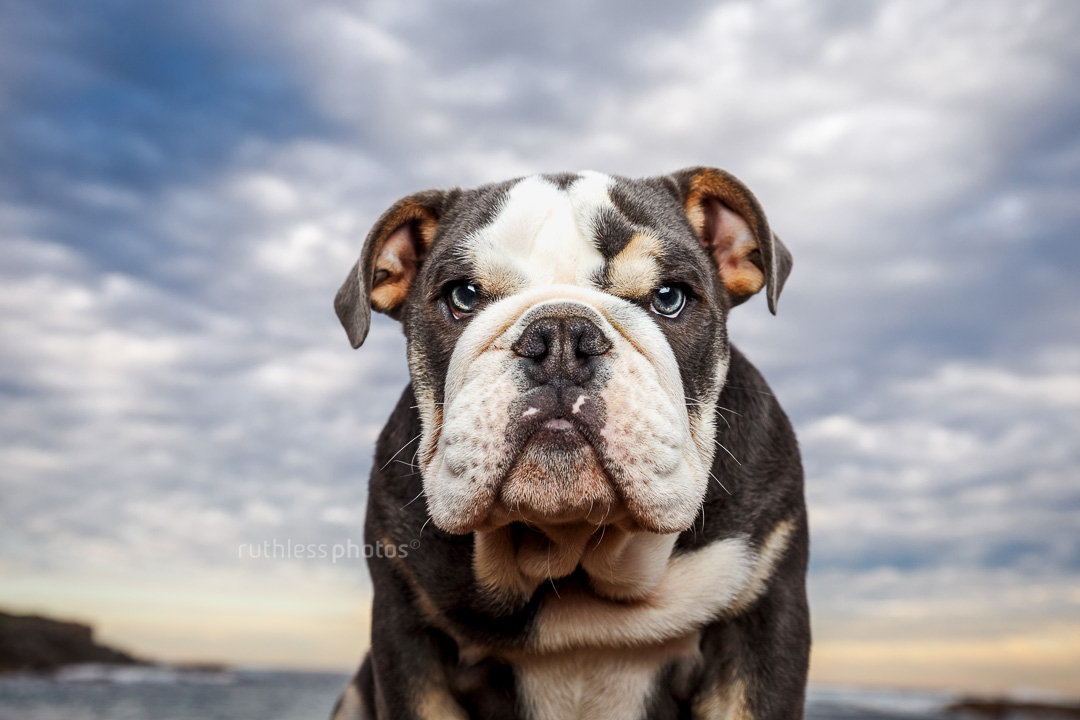
1. start young
If you buy or adopt a young dog a great starting point would be puppy school. Your pup will be socialised to a number of situations and it will learn to be confident. (See this post for ways to find the best puppy schools in Sydney and Canberra.)
This is an excellent time to introduce your puppy to new people and new surroundings but also to a big camera and strobe lighting. I strongly recommend booking your little one in for their first photoshoot while they’re young.
“We met in the East where Hugo was first introduced to sand, sea, Ruth and her camera. It was a daunting experience for the little man but by the end of this session, all thanks to Ruth and her coaching and guidance, Hugo was no longer a camera shy little puppy but instead a confident model.”
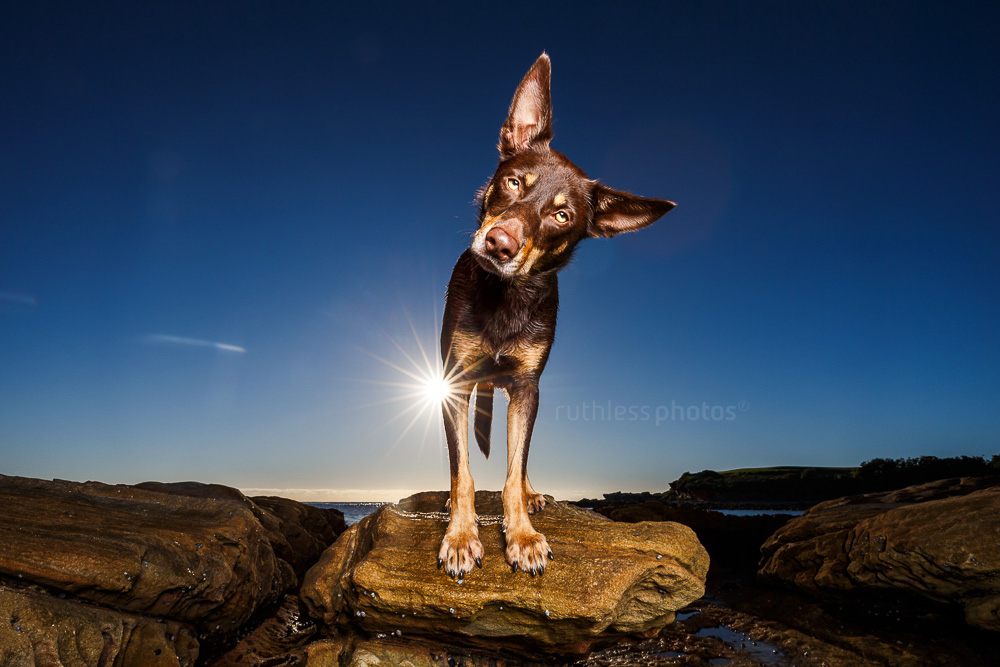
2. training, training and more training
From knowing sit to riding a skateboard, the more commands your dog knows, the more employable they will be. For some jobs your dog may only need to sit and look at the camera but if they know a long list of behaviours it will open more doors for them. Check out K9Fun‘s trick training classes, they’re a great starting point for dogs of all ages and sizes.
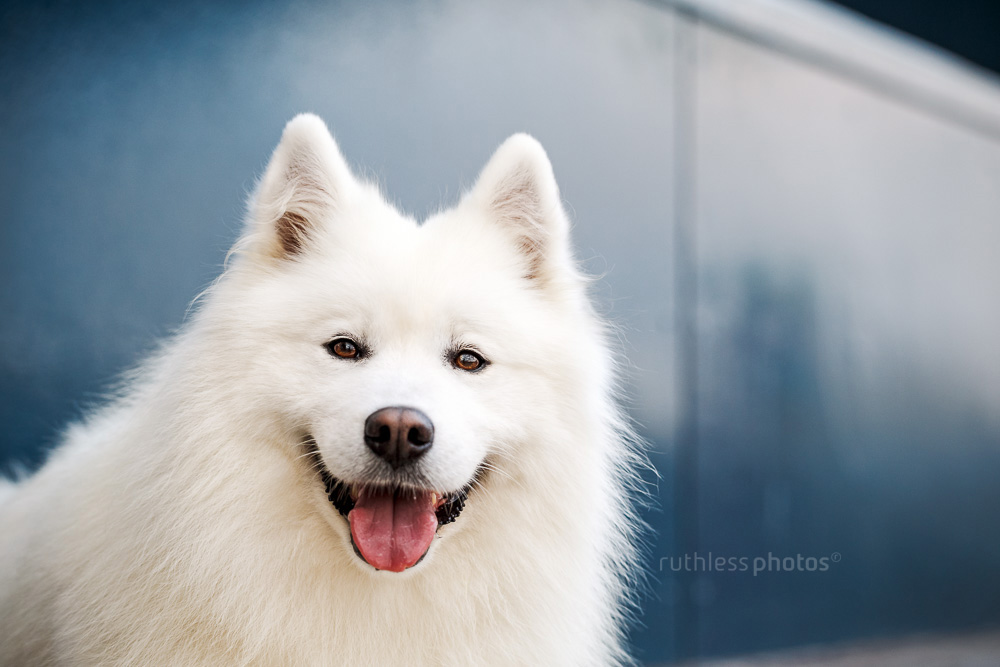
3. great photos
Just like two-legged models it’s important to have high quality photos of your dog so potential clients can assess their suitability for a job. Their client may have requested a specific look or breed so they’ll be looking to match appearance and skill level to their requirements. Clear, well lit, photos, taken from a variety of angles, are a must. My adoption photos help dogs find homes, the same theory applies here – impressive photos will make your dog stand out from the competition.
Due to my line of work I’m often asked if I can recommend dogs that match certain criteria who have also proven themselves in front of my camera. I’m in a great position to suggest my clients for commercial jobs.
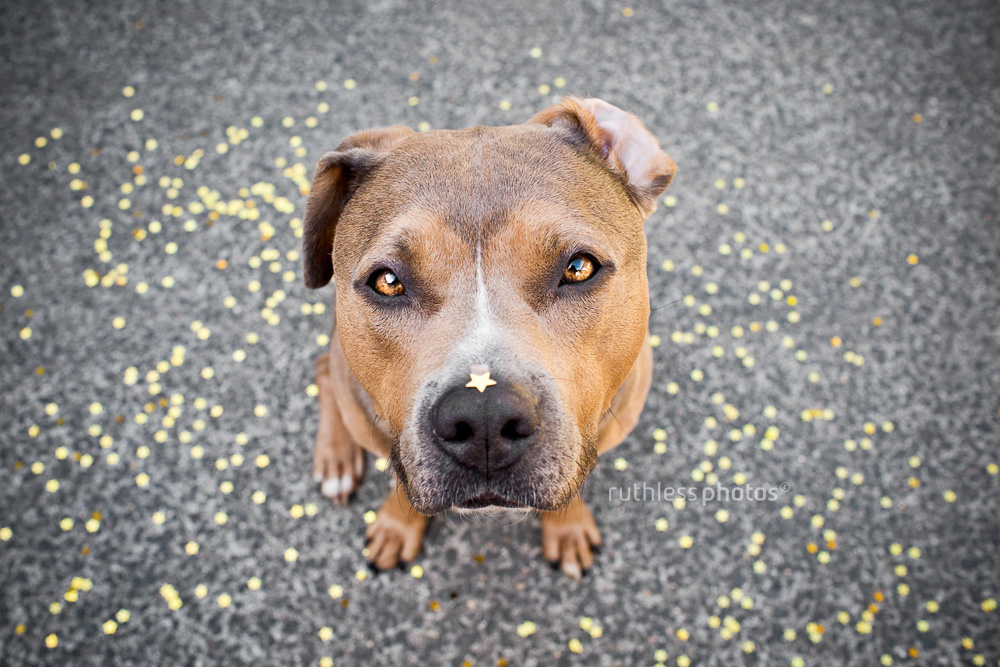
4. get an agent
It’s possible to build your dog’s profile on social media and manage their commercial bookings yourself but if you don’t want to go down that road, get yourself an agent. There are many out there and you can expect to pay a fee to be added to their database. The beauty of having an agent is they will put your dog forward for jobs, provide a professional handler to be on set with you and they have insurance so all you have to worry about is showing up and your dog not embarrassing you! They also pay you directly so you never have to chase their client for money.
Before registering it’s worth asking yourself if your dog is suited to modeling, acting and/or public appearances. Here’s a list of recommended attributes:
- well trained (see above)
- good temperament (enjoys being around different people and be relaxed in new surroundings)
- good looking or unique (not vital, but helpful)
You should also consider your own suitability for the life of the dog-star owner. Many bookings will require your dog to be on set on weekdays or through the night. Shoots might be long or very short. They might be rescheduled at the last minute. Can you be flexible?
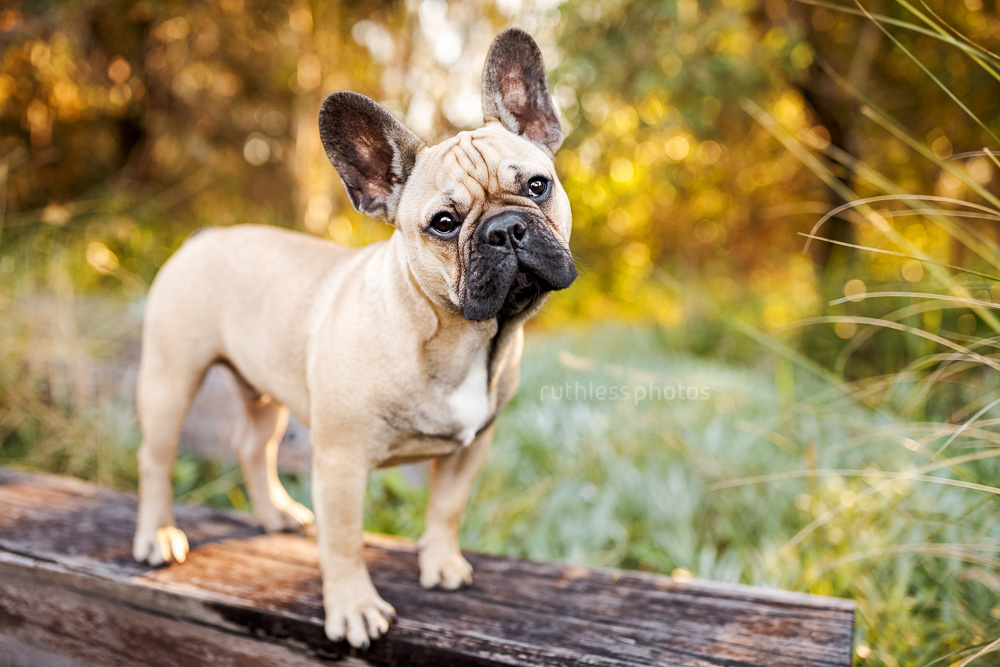
5. being influential
It’s almost a given these days that before your new puppy/dog comes home you will have set them up with their own Instagram account. No matter how adorable your new kid is it’s unlikely to become famous overnight. Being a dog influencer is big business these days and requires just as much “investment” in marketing as more mainstream businesses. Here are some tips to making your dog insta-famous and creating a potential revenue stream for you both:
- Provide unique content. If your dog is just a pretty face you will struggle to get lots of followers. Personality and humour in your writing is vital.
- Engage with your followers and other accounts. This is why I put investment in inverted commas above – you won’t necessarily need to pay to advertise (although that would be beneficial of course) but you will need to spend time interacting with your audience.
- Avoid buying followers and using bots to engage on your behalf. No one likes bot comments, don’t be that guy/gal/dog!
- Post regularly and curate your feed. If someone comes to your dog’s profile for the first time you want all the photos they see to make a good first impression as a whole. You only have seconds to impress them.
- Use relevant hashtags and tag your locations (not your home, stalker fans don’t need to know where you live!).
- Take your dog to new locations. People want to see variety and desire that life for them and their own dog.
- Only post high quality photos and videos. Either take them yourself or invest in a professional photography session. Drop me a line if you’d like to find out more.
Once you have 3k+ followers you are ready to start charging money for your dog to promote products and services, be the face of a brand or make public appearances. I suggest that you only work with companies and brands that have the same ethics and values as you because authenticity is a must. The amount you can charge is based on your location and the number of followers your dog has. Here are some ballpark figures for what you should be charging per post (in AUD):
- 3-10k followers – $90-180
- 10-25k followers – $180-265
- 25-50k followers – $265-420
- 100k+ followers – $600+
For video content add 25-50% to those rates
According to fortune.com “if you have over a million followers you should be getting US$5,000-10,000 for an Instagram post”. Those followers have to be genuine and engaged in order to reap those rewards, because with that kind of money on the line you can be sure the agency will be checking the account is legit! Since it’s a business transaction you really need to protect yourself and your dog’s profile by having contracts and terms in place. Phlanx have a contract template that you can have tailored to your needs by a company such as Grauf O’Brien Lawyers.



